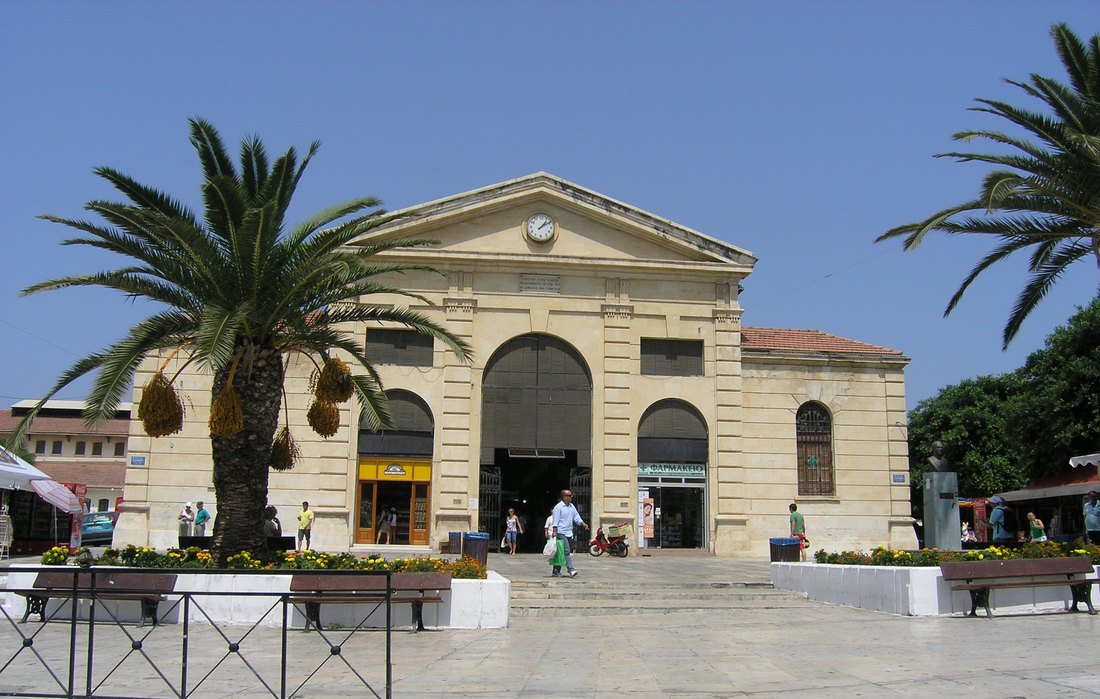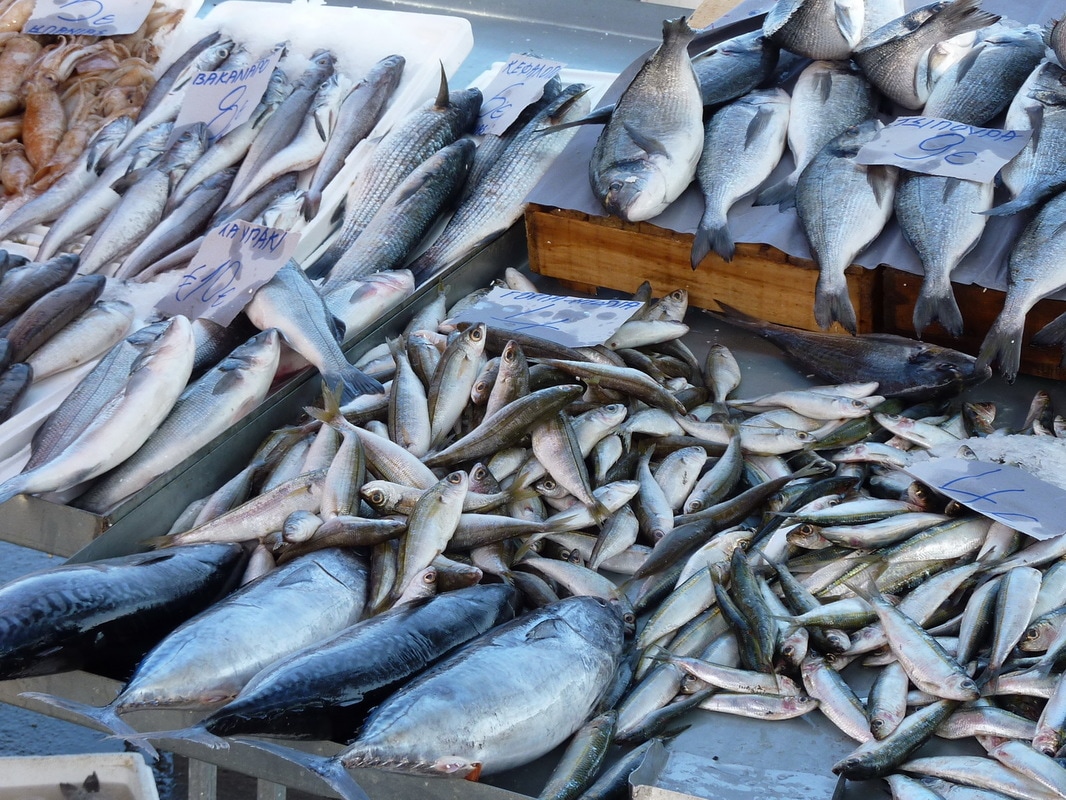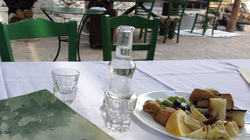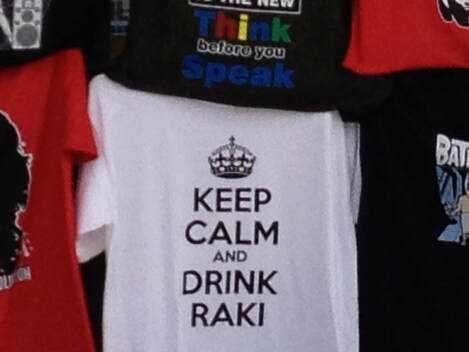shop hours & shopping ideas
Different shops have different hours and by law some shops can be open all day whilst others can't be. Plus the siesta time in the hot summers really predicts if a shop is open and if it is located in a resort area.
General Shop Hours are
Monday- Saturday 09.00 - 14.00
& then Tues -Thurs- Fri Evenings 18.00 - 21.00
Sundays closed.
Most mini markets & shops in resorts are open mornings until late at night, 7 days a week.
Supermarkets stay open Mon-Fri from 08.00- 21.00 & then Sat 08.00 - 18.00. On Sundays in Summer some supermarkets are open as well.
Pharmacies are usually open during normal shop hours but there is always a couple open even on Public Holidays & on Sundays and when normal shops are shut. They have a roster system and in the pharmacy window it is listed who is open when during the period when others are shut.
General Shop Hours are
Monday- Saturday 09.00 - 14.00
& then Tues -Thurs- Fri Evenings 18.00 - 21.00
Sundays closed.
Most mini markets & shops in resorts are open mornings until late at night, 7 days a week.
Supermarkets stay open Mon-Fri from 08.00- 21.00 & then Sat 08.00 - 18.00. On Sundays in Summer some supermarkets are open as well.
Pharmacies are usually open during normal shop hours but there is always a couple open even on Public Holidays & on Sundays and when normal shops are shut. They have a roster system and in the pharmacy window it is listed who is open when during the period when others are shut.
Street Markets
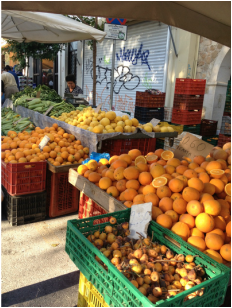
If you're up early in the morning and ready for some hustle and bustle, head down to one of the STREET MARKETS in Chania located on Akti Kanari Str on Thursdays or on Minoos Str on Saturdays & just off Markou Botsari on Wednesdays.
You can find almost every kind of fruit and vegetable depending on the season, as well as cheeses, fish and meats. There are other goodies such as shoes, clothes, carpets and buckets too!
Market hours: 7am-2pm. If you are there early, things are less picked through & the choice is better.
You can find almost every kind of fruit and vegetable depending on the season, as well as cheeses, fish and meats. There are other goodies such as shoes, clothes, carpets and buckets too!
Market hours: 7am-2pm. If you are there early, things are less picked through & the choice is better.
Souvenirs & Handicrafts of Crete
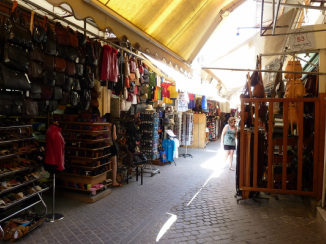
Leather lane off of Halidon Street
There are plenty of goodies available; depending on how much you want to carry back home and how much you want to spend!
Several souvenir shops are located in almost any town nowadays and usually have a wide range of items such as:-Ceramics, leather goods, jewelery, sponges, t-shirts, embroidery, icons, spices, rugs and the list continues. Haggling is not especially encouraged but discounts are often offered on larger purchases.
The North West coast of Crete is traditionally famous for leather goods. It is best to find a shop that sells strictly leather goods for the best selection and sometimes the better prices. An example of this can be found in Chania at ‘Leather Lane’ located on Skridlof Street, just off the ‘Agora’ fish exit (West exit). All kinds of leather goods are sold here, you could even get a pair of Cretan boots ‘custom’ made!
Most tourist shops have a range of ceramics but it is best to look out for the shops that have their workshop on the premises. The village of Margarites, inland from Rethymnon, is also a well-known pottery village.
Hand-made gold and silver jewelry is definitely eye catching and the range of items is enormous. If you are the serious buyer and are looking for that something special you will be amazed by the range and choice in most localities. Chania is big on jewelry and apart from the conventional jewelers there are many ‘craftspeople’ making original and unique pieces.
Crete is a very individual island and this is best reflected in the traditional designs and embroideries of carpets, blankets and lace products. Of additional interest may be the silk farm at Kalamitsi between Georgiopoli and Vamos.
The Small Industries Park (off the National Hwy)has a couple of shops where you can actually see them making the goods & you can buy from them as well.
Plus the Glassblowing Factory in Kokkino Horio is also worth a trip if you want to see them making the products & you can buy from them locally.
Several souvenir shops are located in almost any town nowadays and usually have a wide range of items such as:-Ceramics, leather goods, jewelery, sponges, t-shirts, embroidery, icons, spices, rugs and the list continues. Haggling is not especially encouraged but discounts are often offered on larger purchases.
The North West coast of Crete is traditionally famous for leather goods. It is best to find a shop that sells strictly leather goods for the best selection and sometimes the better prices. An example of this can be found in Chania at ‘Leather Lane’ located on Skridlof Street, just off the ‘Agora’ fish exit (West exit). All kinds of leather goods are sold here, you could even get a pair of Cretan boots ‘custom’ made!
Most tourist shops have a range of ceramics but it is best to look out for the shops that have their workshop on the premises. The village of Margarites, inland from Rethymnon, is also a well-known pottery village.
Hand-made gold and silver jewelry is definitely eye catching and the range of items is enormous. If you are the serious buyer and are looking for that something special you will be amazed by the range and choice in most localities. Chania is big on jewelry and apart from the conventional jewelers there are many ‘craftspeople’ making original and unique pieces.
Crete is a very individual island and this is best reflected in the traditional designs and embroideries of carpets, blankets and lace products. Of additional interest may be the silk farm at Kalamitsi between Georgiopoli and Vamos.
The Small Industries Park (off the National Hwy)has a couple of shops where you can actually see them making the goods & you can buy from them as well.
Plus the Glassblowing Factory in Kokkino Horio is also worth a trip if you want to see them making the products & you can buy from them locally.

